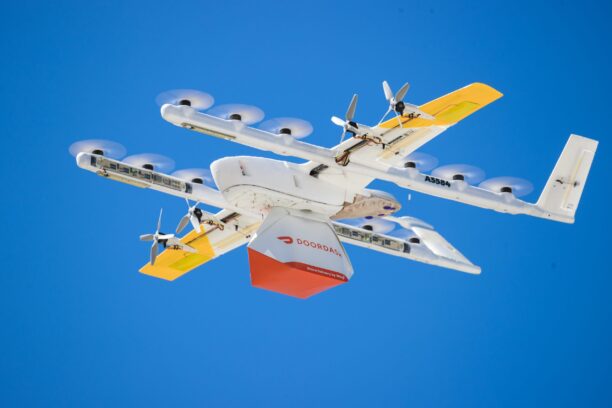Wing, a leader in drone logistics, has published its latest report titled “Beyond the Aisle: The Future of Autonomous Drone Delivery.” The report explores the current landscape of drone delivery and its potential to transform industries far beyond grocery and retail. This summary highlights the key takeaways and insights presented in the report.


Growth in Autonomous Deliveries
According to Wing, autonomous drone deliveries are expected to grow rapidly, driven by increasing consumer demand for faster, more convenient services. The report notes that the shift towards drone deliveries has “gained significant momentum,” with more industries now adopting the technology. While groceries and retail have traditionally been the focus of drone logistics, the report emphasizes that “new sectors like healthcare, construction, and infrastructure will soon see the benefits of automated delivery systems” (Wing, 2024).
Environmental Impact
One of the major findings of the report is the positive environmental impact of drone deliveries. Wing highlights that autonomous drones, when compared to traditional delivery vehicles, “offer a 90% reduction in carbon emissions per delivery mile” (Wing, 2024). This positions drone delivery as a critical tool for businesses aiming to meet sustainability goals while maintaining efficient operations.
Economic Benefits for Businesses
The report also discusses the economic advantages for companies integrating drone deliveries into their supply chains. Wing’s research suggests that “businesses could save up to 60% on delivery costs by switching to autonomous systems” (Wing, 2024). This cost reduction, combined with faster delivery times, is anticipated to enhance customer satisfaction and boost overall operational efficiency.
Challenges and Future Developments
While the findings are optimistic, Wing also addresses the challenges ahead. The report points out that “regulatory frameworks remain a significant hurdle for widespread adoption, particularly in urban areas” (Wing, 2024). However, Wing expresses confidence that ongoing collaboration with regulatory bodies will help shape policies that allow for safe and scalable drone operations.
For context, regulatory changes such as BVLOS flight without the need for additional visual observers are necessary to scale drone delivery and make it ultimately profitable.
Additionally, technological advancements are still needed to support heavier payloads and longer distances. Wing identifies battery life and air traffic integration as key areas of focus for future innovation, noting that “continued R&D is critical to unlocking the full potential of drone delivery services” (Wing, 2024).
Wing’s “Beyond the Aisle” report provides a comprehensive overview of the evolving role of drones in logistics. As industries across the board continue to explore the benefits of autonomous systems, the report highlights the critical need for investment in both technology and regulation to ensure drones reach their full potential.
For businesses looking to stay ahead of the curve, drone delivery represents an exciting opportunity to reduce costs, meet sustainability goals, and offer unparalleled convenience to customers. The full report is available on Wing’s website for further insights and details.
Read more:
